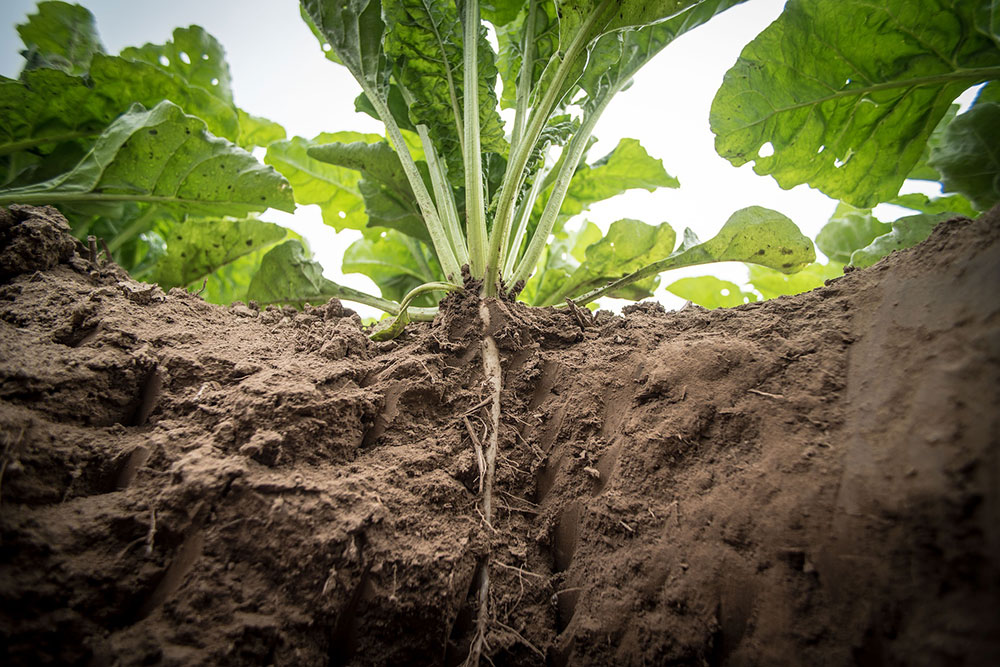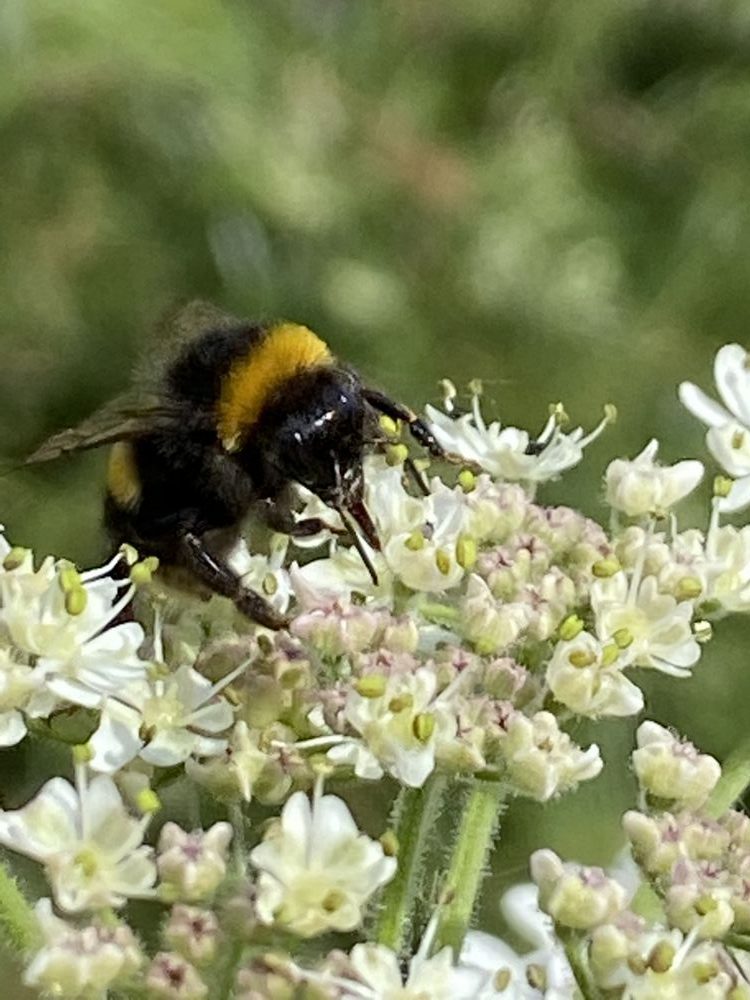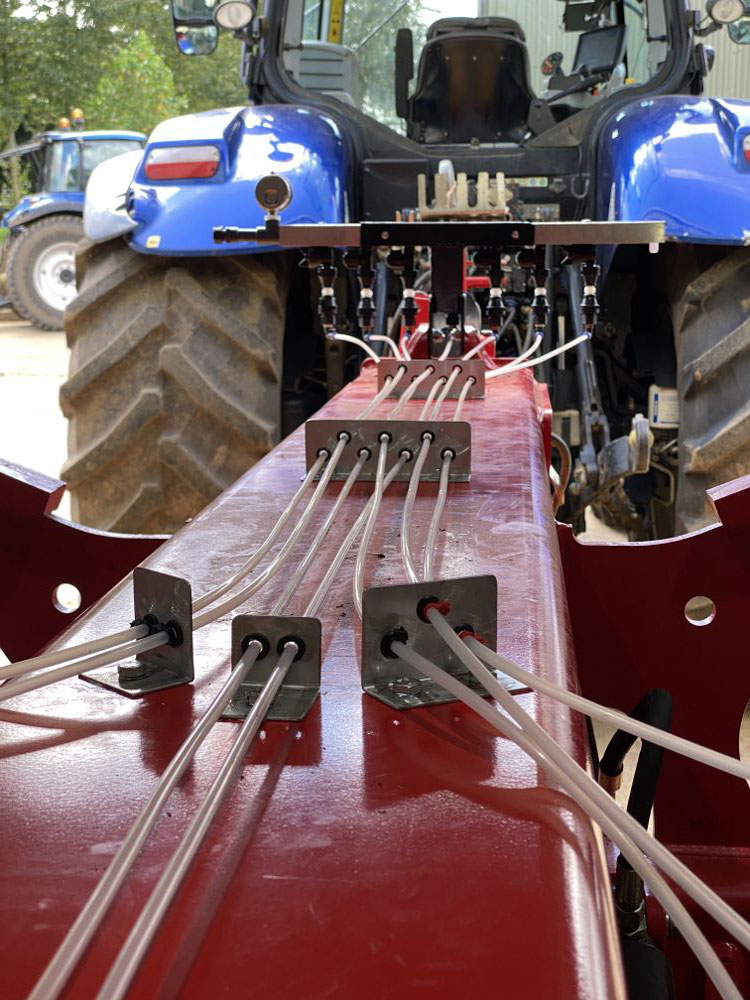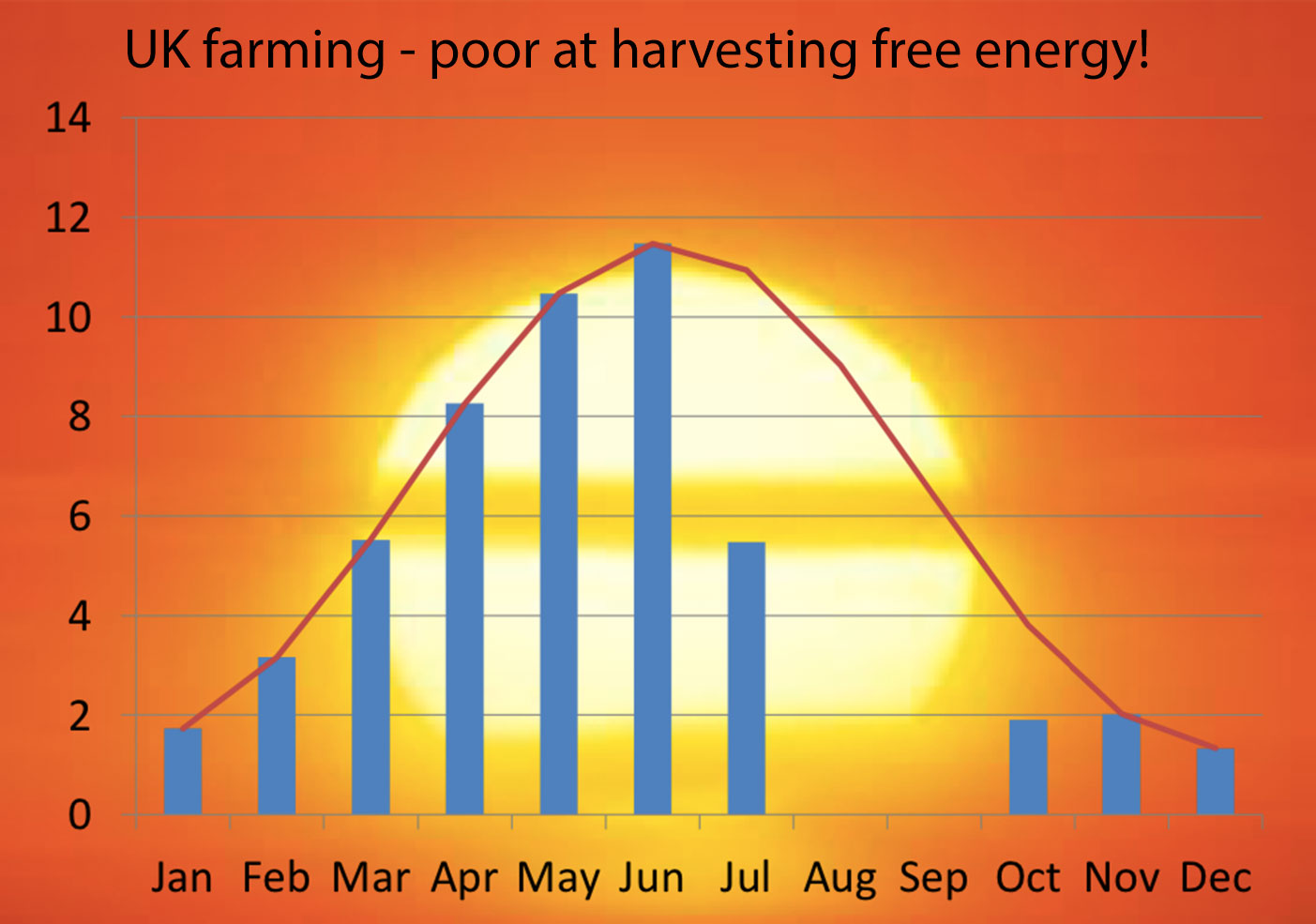What is regenerative agriculture and why is it different?
Regenerative agriculture is a fairly new term in the world and is used to describe farmers who are literally regenerating their soils in order to provide a far more sustainable future and to leave farms in a far better condition in which it was acquired. You see the main asset of most farms is the soil and this is something that extreme care should be given to on the understanding that it is a living organism.
For about a 4000 years, ploughing has been the mainstay of agriculture, the problem is for 3920 years of this, the ploughs were pulled by animals who had huge limitations which meant ploughing was only a very shallow operation, this kept the soil biology in an aerobic situation and soils continued to function well. Over the past 80 years, with the anything but ‘green’ revolution, farms became larger which meant machinery got bigger, bigger heavier machinery pulling larger and larger ploughs deeper and deeper (In order to plough wider with a plough, you have to go deeper) This subsequently destroyed the living soil biology together with the invention of chemical fertilisers and pesticides.
So, the idea behind regenerative farming is making a transition between the soil destroying methods of farming to methods that increase soil health and provide a much more sustainable future for farming. There are 5 main principles in which we try and implement what nature has formulated well for well over 1/2 billion years.
- Soil amour – keep soil covered at all times (mother nature puts plants on bare soil at every opportunity, which is why garden weeding is often a futile job)
- Living roots – Incredibly unaware by most, but are you aware that roots put sugar-rich carbon into soils naturally that feeds the soil biology? and huge amounts too? In return, soil biology provides plants with the nutrients locked up in the soil.
- Disturbance – Soil disturbance should be kept to an absolute minimum – nowhere in nature does mother nature plough, add synthetic fertilisers and hydrocarbon pesticides.
- Diversity – Mixtures of plants and species wherever possible, this will reduce the pressure that nature places on a mono-crop system by trying to balance these unnatural environments by invading them with what we call are pests, weeds and diseases.
- Animals – where possible integrate livestock and their manures in the system – nowhere in nature are animals devoid. (For those wondering about the ‘greenness’ of meat, liken it to the production of electricity, coal-powered vs solar-powered, both produce the same result but by very different environmental methods – this is the same for meat production)
Currently 10 calories of fossil fuels produce 1 calorie of food! Nowhere in nature does this imbalance occur!
85% of farm operating costs are driven by fossil fuels.
100 years ago this was 0 and in 100 years time, it will be 0 again.
5 Principles of Soil Health
Limited disturbance
Limit mechanical, chemical, and physical disturbance of soil. Tillage destroys soil structure.It is constantly tearing apart the “house” that nature builds to protect the living organisms in the soil that create natural soil fertility. Soil structure includes aggregates and pore spaces (openings that allow water to infiltrate the soil). The result of tillage is soil erosion, the wasting of a precious natural resource. Synthetic fertilisers, herbicides, pesticides, and fungicides all have negative impacts on life in the soil as well.
Armour
Keep soil covered at all times. This is a critical step toward rebuilding soil health. Bare soil is an anomaly—nature always works to cover soil. Providing a natural “coat of armour” protects soil from wind and water erosion while providing food and habitat for macro- and microorganisms. It will also prevent moisture evaporation and germination of weed seeds.

Diversity
Strive for diversity of both plant and animal species. Where in nature does one find monocultures? Only where humans have put them! Grasses, forbs, legumes, and shrubs all live and thrive in harmony with each other. Think of what each of these species has to offer. Some have shallow roots, some deep, some fibrous, some tap. Some are high-carbon, some are low-carbon, some are legumes. Each of them plays a role in maintaining soil health. Diversity enhances ecosystem function.
Living roots
Maintain a living root in soil as long as possible throughout the year. Living roots are feeding soil biology by providing its basic food source: carbon. This biology, in turn, fuels the nutrient cycle that feeds plants.

Integrated animals
Nature does not function without animals. It is that simple. Integrating livestock onto an operation provides many benefits. The major benefit is that the grazing of plants stimulates the plants to pump more carbon into the soil. This drives nutrient cycling by feeding biology. Of course, it also has a major, positive impact on climate change by cycling more carbon out of the atmosphere and putting it into the soil. And if you want a healthy, functioning ecosystem on your farm, you must provide a home and habitat for not only farm animals but also pollinators, predator insects, earthworms, and all of the microbiology that drive ecosystem function.
One teaspoon of a ‘healthy’ soil contains approximately 7 billion living organisms, more living things than humans on planet earth!
My Regen Ag Library

For those of you who don’t know me, I love to read! I have created a table of the books I have read related to regenerative agriculture, soil health, farming etc with comments, rating for interest, rating for difficult, which you may find useful. Head over to the library page to see the list.
The future of farming
I firmly believe the future of farming is one of the most exciting times as we begin to unpick and understand biological processes which secure the resilience of farms for the future whilst enhancing the environment and biodiversity. It is with great enthusiasm I look forward to implementing pledges made by our industry to produce quality, nutritious food, drawing down carbon with a focus on ecological uplift
If you would any help with regenerative agriculture on your farm, please…
















